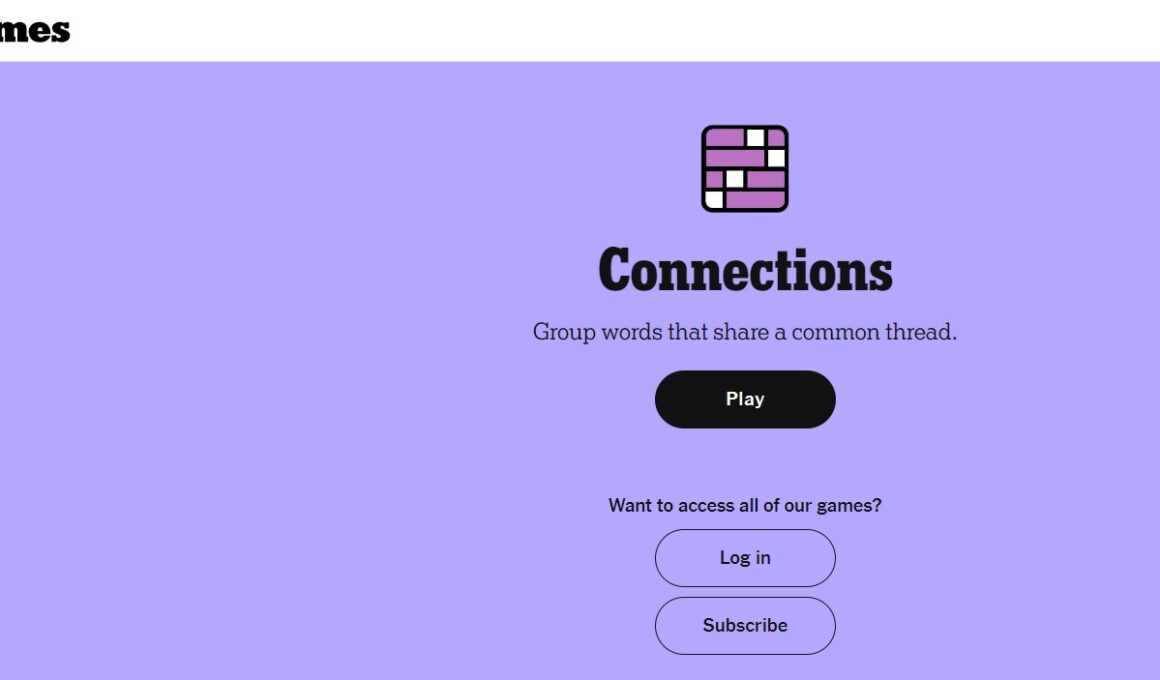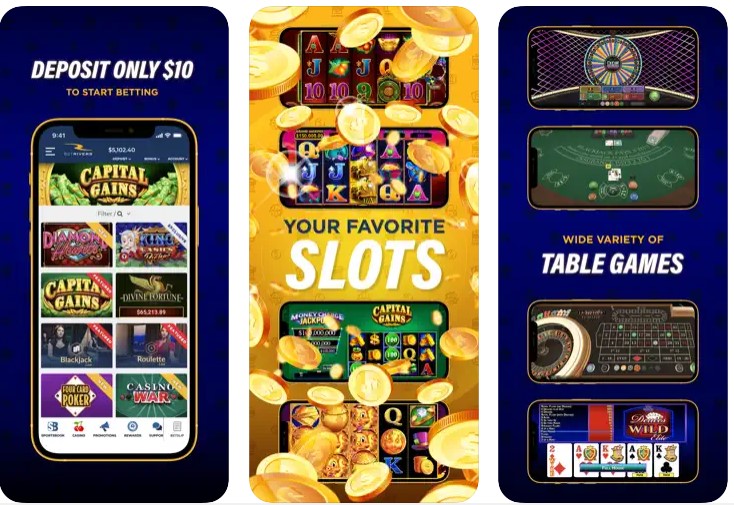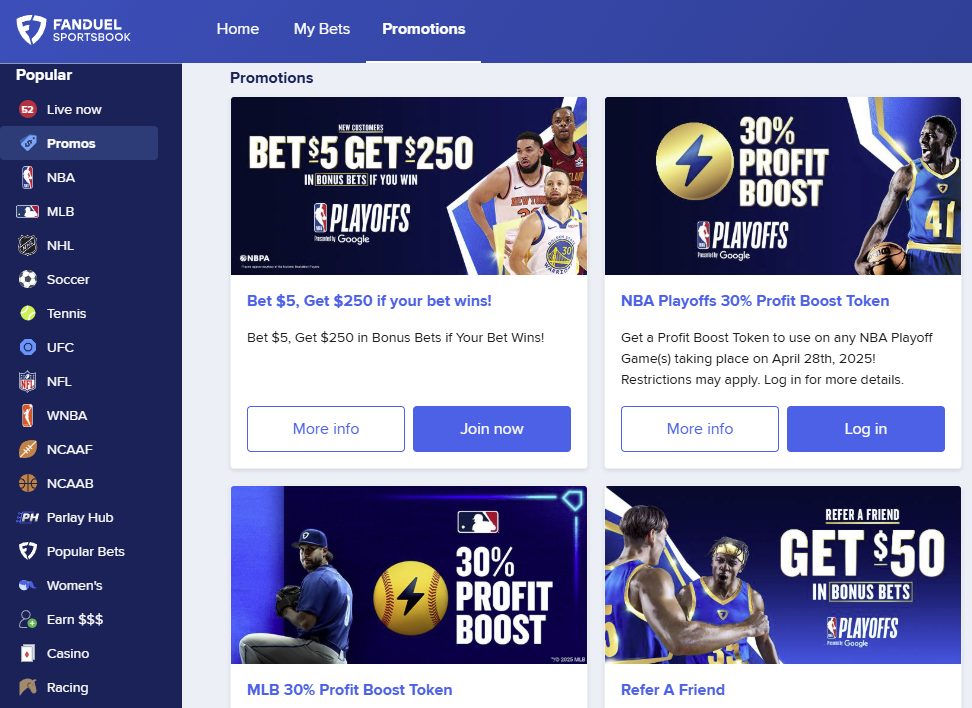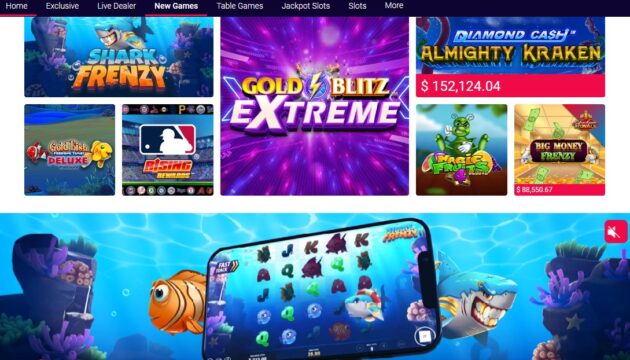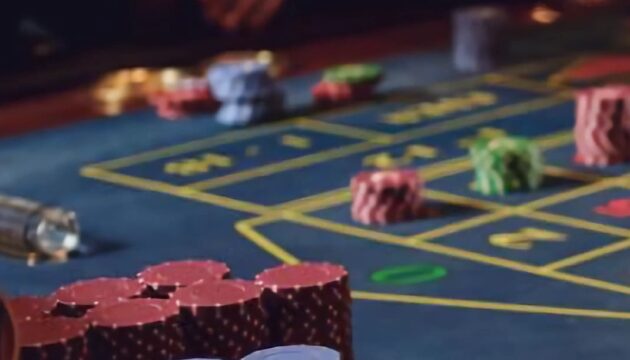Connections is a daily word puzzle (similar to Wordle) that was created by the New York Times. It’s quickly grown to be one of the most popular games carried by the venerable newspaper.
Among the daily games offered by the New York Times, Connections is second only to Wordle in terms of popularity. It’s been the most popular release of a new game by the New York Times since they brought out the mini crossword in 2014.
However, while Wordle is a straightforward vocabulary game, Connections is running more along the lines of a brain teaser.
Wyna Liu is the editor and creator of Connections, which was an instant hit within the game offerings provided by the New York Times. She also works on creating the world-famous New York Times crossword puzzle.
When they are creating games at the New York Times, they work with certain rules of thumb. The game must be approachable and easy to learn when it comes to how to play. But it must also be very hard to solve. Most of all, the experience should be fun, so you’ll want to do it again and again.
Connections successfully connect all of these elements.
How To Play NYT Connections
When playing the game of Connections, you will be given 16 words. Those words must ultimately be grouped in four categories of words that have some element of connection. Words will on occasion overlap into multiple categories, so you can use any of the words more than once.
It’s up to you to assess and determine how the group of words you connect are associated. As an example, a NYT Connections puzzle offered the words cater, host, plan and throw. They were combined into the same category, which was “help put on a party.” Another unique category consisted of four English language words that were also the names of popular rock bands.
The four categories are each identified with a color that determines the level of difficulty for that category. Yellow is the easiest category. Next is green, then blue, with purple being considered the hardest and trickiest group to determine. In this instance, though, easy is a very selective word. One category might be easier than the others to assemble, but the truth of the matter is that no category of the Connections game is going to easily fall into place. This is a demanding game that will tax your brain power. But it’s exactly that challenge which is making Connections so much fun to try.
Homophones – words that sound the same, but have different meanings, such as hear and here – are frequently part of the Connections mix and certainly wordplay is another English language technique that will come to the fore during game play. Solving categories will also employ such elements as trivia, word structure and meaning.
If you are stumped and running up against mental roadblocks in your efforts to solve the Connections puzzle, you may opt to hit the shuffle button on the screen. This will initiate a mixing up in the order that the words are appearing before you and may help to reveal potential connections.
You will be offered four opportunities to correctly connect all of the groups. If you are stumped and can’t complete the Connections puzzle, all of the answers, and the corresponding colors and degrees of difficulty will be revealed once you’ve used up all of your turns at the game.
NYT Connections Game History
Connections is still a relative newcomer to the game playing world. The New York Times first released it to the public in beta format on June 12, 2023. By August, it became a regular part of the newspaper’s games section.
The New York Times holds an annual game jam. The purpose of this hackathon gathering is for coming up with new ideas to be included in the popular game section of the paper. Anyone with the paper is welcome to come on in and pitch their idea for a new game.
Liu had been working on the concept for the NYT Connections game for about two years before it was officially released. She was inspired by cartoonist Robert Leighton. He was known for creating picture puzzles that involved wordplay.
Best Strategies For Playing The New York Times Connections
Of course, it goes without saying, but we’ll say it anyway – the first successful strategy to playing New York Times Connections is being sure you know the rules of the game inside and out.
Patience is a virtue and when playing Connections, it’s a necessity. Rushing to get to the finish line will only lead to stumbles and ultimately, the failure to solve the puzzle.
“My best piece of advice is to wait as long as you can before guessing,” Liu told Newsweek. “You may see the board and have completely identified the category, seeing five words that could belong in that category.
“Don’t try to guess the four words in that category, because even though you know what the fifth member is, you won’t know which of the four it might not be.” And not knowing which word doesn’t belong will end up costing you one of your four turns to solve the puzzle.
Look at the words you’ve been given when you first open the puzzle. If there are words with more than one meaning – homonyms such as bark, pitcher, left, chair, or park – chances are that they’ll be utilized in more than one category. However, if it’s a word with a solitary meaning, say like metaverse, for instance – then in all likelihood, it’s only going to be a fit with one category.
Another sound strategy is to look at context. How do the words fit into categories? For example, if you see bark among the words, and there are no other dog-related words, but there are other words relating to trees, then this would appear to be the category where bark is going to fit.
Experience is always the greatest teacher. The more often you play Connections, the more that game patterns will become apparent to you.
Daily NYT Connections Hints
One of the best aspects about the New York Times Connections game is that the game is always trying to help you along the way as you seek to solve the puzzle. It drops helpful hints to enhance your game play.
For example, if you are putting words together and you’re on the right track, the game will tell you that you are one word away from solving that section of the puzzle.
Each day, there are also helpful hints that are put out there in advance to try and aim you in the right direction. For instance, in one day’s Connections puzzle, these were the hints: Yellow: Drink up; Green: Green thumb; Blue: Two by two; Purple: Insect with another letter. The corresponding answers were Yellow: Beverages; Green: Care for a plant; Blue: Items sold in a pair; Yellow: Bugs plus starting letter.
There are plenty of Connections players who offer daily hints via their blogs or websites. And even major media outlets such as Forbes and Newsweek put out regular listings offering that day’s selection of Connections hints.
Players can also take to social media and use the links at Connections to display their prowess at the game to the masses and also communicate ideas for that day’s game.
The Best Sources for NYT Connections Hints and Answers:
- Beebom offers daily breakdowns of hints and answers for NYT Connections, providing detailed hints to guide players through tricky categories, such as today’s clues and answers for concavity, small amount, Disney characters, and a calendar-related word.
- TechRadar also provides daily updates with in-depth hints, strategies, and full answers, making it a reliable source for both new and veteran Connections players.
- Mashable covers daily NYT Connections solutions with a focus on helping readers avoid spoilers unless they are absolutely stuck, ensuring a balance between challenge and assistance.
What are some common word tricks or homophones that frequently appear in NYT Connections?
NYT Connections often incorporates word tricks like homophones—words that sound the same but have different meanings, such as bark (the sound a dog makes) and bark (the outer covering of a tree). These types of words can fit into more than one category, adding an extra layer of complexity to the puzzle. For example, the word left could be used in a category related to directions (left, right) or in a category about past tense actions (left, stayed, went).
Another common trick is the use of double meanings. For instance, words like pitcher (a container for liquids and a baseball player) and bark are often used to mislead players into incorrect connections if they only focus on one meaning. Recognizing these word tricks can help players avoid common pitfalls and better identify connections.
How do the color-coded categories in NYT Connections affect puzzle difficulty?
In NYT Connections, the color-coded categories—yellow, green, blue, and purple—represent varying levels of difficulty. Yellow is typically the easiest, followed by green, blue, and finally, purple, which is the most difficult. However, the game often plays on the relative difficulty within these categories.
For example, on October 4, 2024, the yellow group, labeled concavity (dent, dimple, ding, divot), was easier to solve because all the words were straightforwardly related to shapes that curve inward. However, the purple group, requiring a word that fits the clue ___ date (delivery, dinner, dream, due), was trickier because it involved thinking about contexts where each of these words could be paired with “date”.
Understanding these levels can help players approach the puzzle strategically—starting with the easier groups first (yellow or green) to build momentum and using process of elimination for the tougher ones (blue or purple).
What strategies can help when you’re stuck between two possible answers in NYT Connections?
One of the best strategies when you’re stuck between two potential answers is to focus on context clues. Look at the words surrounding the one in question and see how they might fit together in different groups. For example, if you’re deciding whether bark fits in a tree-related category or a sound-related one, and you see other words like leaf and branch, it’s likely the word fits with trees.
Another tip is to use the shuffle button, which rearranges the words. This can refresh your perspective and reveal patterns you might have missed. Wyna Liu, the game’s creator, suggests waiting to make a guess until you are confident in a connection, as prematurely guessing can waste one of your limited attempts.
Additionally, players should also look for outliers—words that have only one clear meaning or don’t fit multiple categories. These words can often act as “anchors” for solving a group, making it easier to place the remaining words. For example, in a puzzle where you see metaverse among the words, it’s likely to belong to a single category (like technology), helping to narrow down other potential matches.
Do you like skill games? Try the best sweepstakes online casinos where you can play casino games for free, such as FunRize and NoLimitCoins. If you are in NJ, explore the top NJ casino apps and our bonuses.
How to Get Started Playing NYT Connections (An Easy Guide)
Step 1: Access the Game
Go to the New York Times Games section on their website at https://www.nytimes.com/games/connections or download the NYT Games app on your phone. Look for Connections in the daily puzzle lineup. No promo or bonus code is required.
Step 2: Free vs. Subscription
You can play the daily NYT Connections puzzle for free without needing a subscription. However, if you want access to archived puzzles or more features, you’ll need to subscribe to NYT Games, which also includes games like Spelling Bee and Wordle.
Step 3: How to Play the NYT Connections Game
Your goal is to group 16 words into four categories of four words each. For example, you may need to group words like “dent,” “dimple,” “ding,” and “divot” into a category called concavity. Simply click or tap on the four words you think belong together.
Step 4: Hints & Help
You have four chances to guess all groups correctly. If you get stuck, use the shuffle button to rearrange the words, which might help you see new connections. If you fail to solve the puzzle after four tries, the game will reveal the correct answers.
Step 5: Example Puzzle
On October 2024, the puzzle had the following groups:
- Yellow (easy): Concavity – Dent, Dimple, Ding, Divot
- Purple (hard): Blank Date – Delivery, Dinner, Dream, Due.
Now that you’re familiar with the rules, head over to the NYT Games page and start solving today’s Connections puzzle online!

